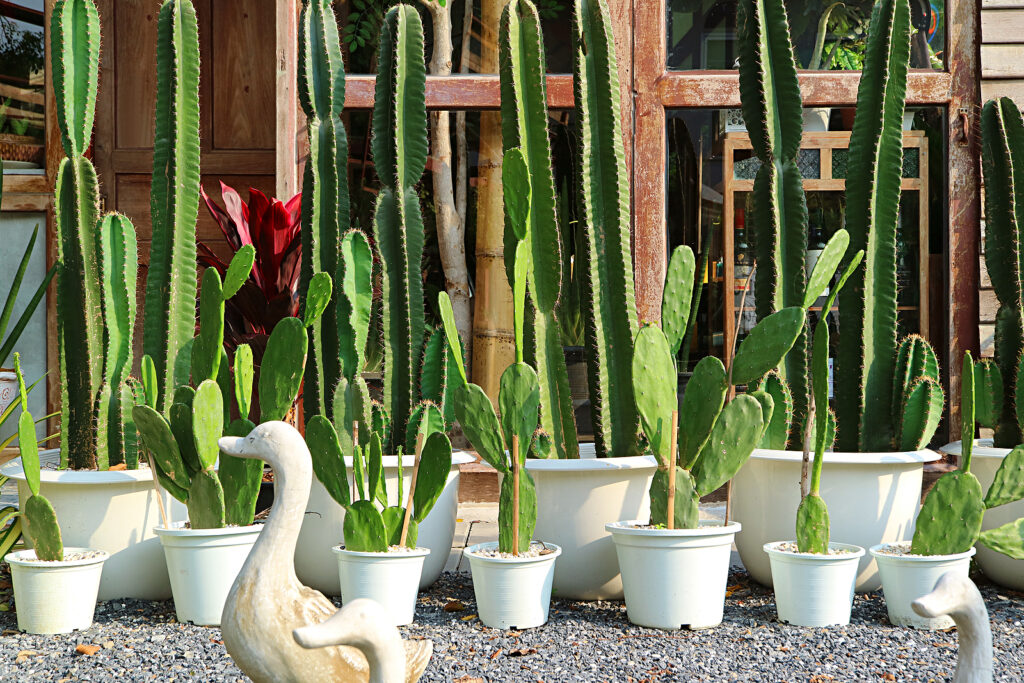Lophocereus is a columnar cactus that branches at the base forming a small trunk. It is one of the candelabra-type cacti.
Lophocereus bears colorful nocturnal flowers; the colors range from white through pink to sometimes red. Usually, two small flowers appear from areoles that also bear dozens of bristle-like flowers.
Lophocerus can tolerate intense heat and sun but will be damaged by extended periods of frost.

Get to know Lophocereus
- Plant type: Cereanae, Organ pipe cactus
- Hardiness temperature: 45℉ (7.2℃)
- Shape and size: Grows to 15 feet (4.5m) tall
- Flowers: Small, noctural flowers from white through pink, sometimes red
- Bloom time: Spring and summer, rarely blooms
- Common name: Whisker cactus, totem pole cactus
- Genus name: Lophocereus
- Family name: Cactaceae
- Origin: Southern Arizona to Sonora, Mexico
Planting Lophocereus
- Lophocereus can be grown outdoors and in pots where temperatures do not fall below 45℉ (7.2℃) in winter.
- Lophocereus can be grown indoors in a bright sunny window or in a greenhous with bright light. Lophorcereus requires more light that most houseplants.
- Light: Lophocereus can tolerate intense sun
- Soil:
How to water and feed Lophocereus
- Water: Water Lophorcerus regularly during the growing season, but the soil should not stay wet past nightfall. Do not water Lophocereus during the winter rest period.
- Feeding: Feed Lophocereus with a cactus fertilizer during the growing season.
Lophocereus care
- Lophocerceus can be propagated by seeds or cuttings.
- Lophocerus should be protected from frost; the stem tips should be covered.
Lophocereus varieties to grow
- Lophocereus schottil (whisker cactus) may reach 15 feet tall, 8 inches in diameter; erect stems, branching just above the ground, Radial, gray spines are conical, slightly larger at base, and surround a single, central spine. Upper areoles have twisted, bristlelike spines 1 to 4 inches long; areoles produce small pink flowers in spring, summer.
- L. s. ‘monstrosus’ (totem pole cactus) nearly spineless ribs are irregularly spaced; this species has an almost knobby appearance.















